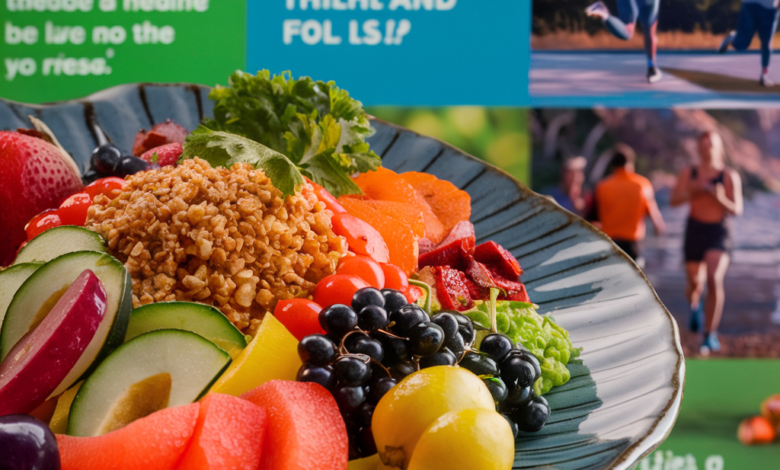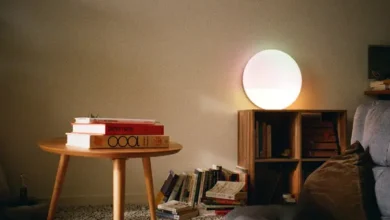Grabba: Culture, Use, and Meaning

The word Grabba is widely recognized in certain music, cultural, and lifestyle spaces, especially in communities that have a strong influence from Jamaican traditions. While not everyone knows exactly what it means, Grabba has become a popular term associated with smoking culture, particularly in relation to tobacco and cannabis. Understanding what Grabba is, how it’s used, and the role it plays in culture requires looking at both its origins and how people use it today.
What Is Grabba?
Grabba is a type of tobacco leaf, often dark and cured, that is broken down or crumbled to be mixed with cannabis when smoking. Unlike traditional rolling tobacco, Grabba is usually made from whole natural tobacco leaves. The leaf is dried, sometimes toasted, and then used in different ways — either rolled into a blunt or shredded and mixed into a joint.
People often describe Grabba as strong and harsh, which is why it’s usually added in small amounts. It gives a very bold, earthy taste and creates a heavier smoking experience. In many cases, it is used not just for the flavor, but also for the cultural significance it holds in reggae, dancehall, and hip-hop circles.
Origins and Cultural Roots
Grabba is closely tied to Jamaican smoking traditions. In Jamaica, people have long combined cannabis with natural tobacco leaves. This blending is considered part of the island’s smoking culture, especially in Rastafarian circles, where herbs and natural products are central.
The spread of reggae and dancehall music carried the word Grabba into global slang. When artists mention it in their lyrics, they are often talking about this style of mixing tobacco and cannabis. Over time, the practice reached communities in North America, Europe, and beyond, where fans of the culture adopted the term.
How Grabba Is Used
There are several ways people use Grabba tobacco leaves:
-
As a Blunt Wrapper – Some smokers roll cannabis directly inside a piece of Grabba leaf. This creates a very strong smoke, similar to a cigar.
-
Mixed Into Joints – Many people crumble small pieces of Grabba into cannabis joints. This stretches the herb further and changes the flavor profile.
-
As a Standalone Smoke – Though less common, some people dry and smoke Grabba by itself. However, because of its strength, most prefer mixing it.
Each method has a different effect on the smoking experience. Adding Grabba often results in a more intense hit and a slower burn, which some smokers enjoy.
Why Do People Use Grabba?
The reasons vary, but a few stand out:
-
Flavor – Grabba adds a smoky, earthy taste that enhances or balances the cannabis flavor.
-
Strength – It gives a heavier, more powerful smoke, which appeals to those who want a stronger hit.
-
Tradition – For many, it’s less about preference and more about cultural connection. Using Grabba feels authentic and rooted in heritage.
-
Practicality – Mixing Grabba with cannabis helps the joint burn more evenly and slowly.
Grabba in Music and Pop Culture
The term Grabba has become widely recognized in hip-hop, dancehall, and rap lyrics. Artists use it to describe their smoking habits, often as a sign of authenticity or street credibility. Much like references to champagne or designer brands, mentioning Grabba signals a connection to certain lifestyles and cultural spaces.
Because of this, even people who have never smoked may recognize the word through music. It shows how a niche cultural practice can become a global slang term.
Health Considerations
It’s important to note that Grabba is tobacco, which means it carries the same health risks as other tobacco products. Smoking tobacco, whether mixed with cannabis or on its own, can increase risks for lung disease, heart problems, and addiction due to nicotine.
While many enjoy the cultural side of Grabba, it’s worth being mindful about how often it’s used. Some people look for lighter alternatives, like using hemp wraps, to avoid the harshness of tobacco.
Conclusion
Grabba is more than just a tobacco leaf. It represents a cultural tradition that started in Jamaica and spread across the world through music, migration, and lifestyle influence. For some, it’s simply a way to adjust the flavor and strength of their smoking experience. For others, it’s a symbol of heritage and connection to roots.




